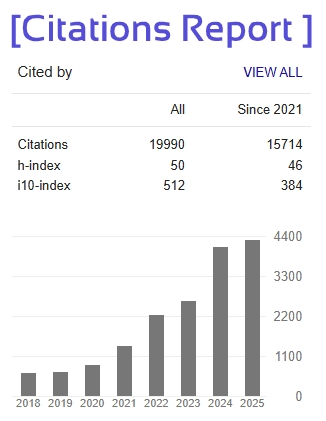Investigation of HYSD Steel Bars and GFRP Bars
1 Prof. Pranjali Karhade , 2 Nikhil A. Mundle
1 Assistant Professor, Department of Civil Engineering, Swaminarayan Siddhanta Institute Of Technology, Nagpur, Maharashtra ,India
2 Department of Civil Engineering, Swaminarayan Siddhanta Institute Of Technology, Nagpur, Maharashtra, India
Abstract
The evolving demands of modern construction, especially in corrosive and high-performance environments, have led to the exploration of alternative reinforcement materials beyond traditional steel. This research investigates the mechanical behavior, bond performance, and environmental durability of High Yield Strength Deformed (HYSD) steel bars and Glass Fiber Reinforced Polymer (GFRP) bars, with the aim of understanding their comparative strengths and limitations in reinforced concrete applications. A comprehensive experimental program was carried out, including tensile strength tests, flexural performance evaluations, and pullout tests to assess the bond characteristics between the bars and concrete. HYSD steel bars, known for their excellent ductility and well-established structural reliability, were used as the benchmark. GFRP bars demonstrated significantly higher tensile strength but lower modulus of elasticity, resulting in reduced stiffness and ductility, which are critical for energy dissipation and crack control in structural elements. Furthermore, the study investigated the effects of accelerated environmental exposure, simulating aggressive conditions such as moisture, temperature variations, and chemical attacks. Pullout tests post-exposure revealed a notable reduction in bond strength for GFRP-reinforced specimens, underscoring the importance of understanding long-term durability. Despite this, the non-corrosive nature of GFRP bars presents a substantial advantage in structures exposed to marine or chemically aggressive environments. The findings highlight the trade-offs between the two reinforcement materials: HYSD steel remains superior in terms of ductility and bond reliability, whereas GFRP offers enhanced corrosion resistance and tensile strength. The research concludes that while GFRP bars have the potential to replace steel in specific applications, further refinement in bond performance and design approaches is essential for their broader adoption in structural engineering. The study recommends ongoing research and development of design standards to support the safe and efficient integration of GFRP bars in reinforced concrete systems.
Keywords: GFRP, HYSD, structural tests, reinforced specimens







